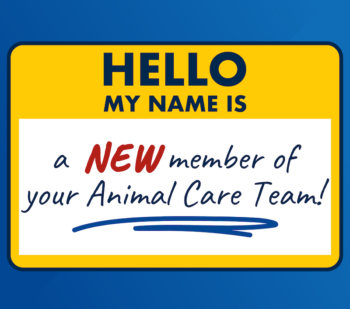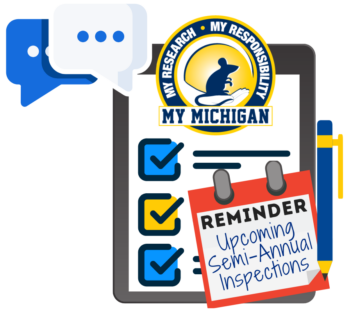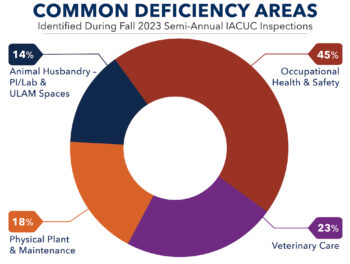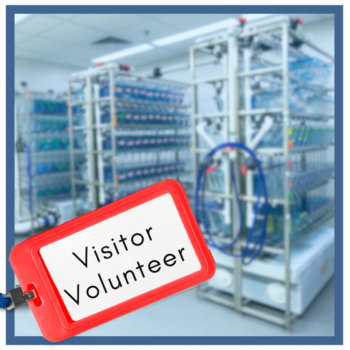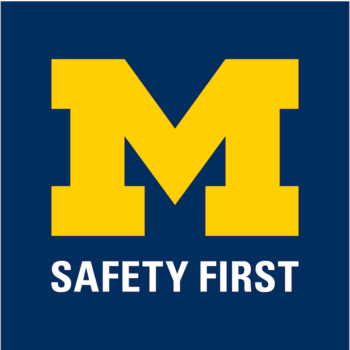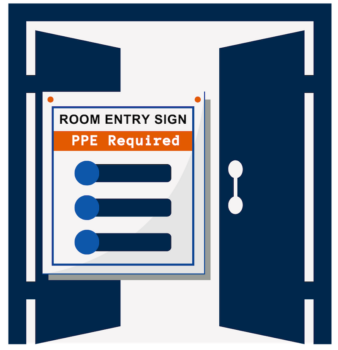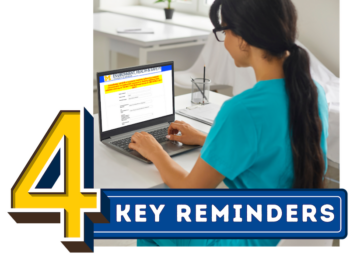Reminder: Please Reuse Acetates
The Unit for Laboratory Animal Medicine (ULAM) uses acetates – colored, plastic cards placed over animal cage cards – to routinely communicate important information between laboratory personnel and our animal care teams. Acetates are a limited resource and, as such, should be reused whenever possible. If you are unsure about whether an acetate can be ...


